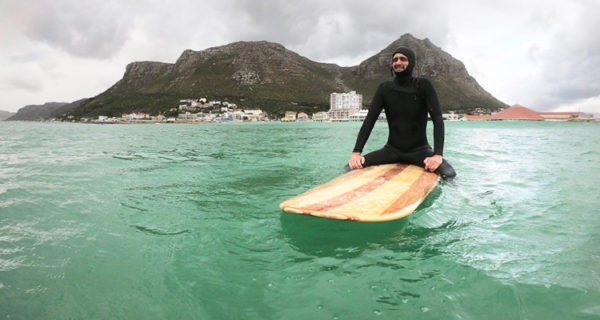
Patrick Burnett sits in the water on one of the wooden surfboards which he makes, at surfer’s Corner in Muizenberg.
While everyone is trying to do their bit to chuck the plastic off their lives, South African surfers try hard not to be lagging behind.
While plastic surfboards are the most convenient because they are not heavy and easy to surf with along the waves, wooden hand-crafted ones make an entry and quietly sweep the surfers off their feet.
Wave hello to Italys surf park one of the worlds biggest
Teenager Marks leads surfing into equal-pay era
Early-morning surfers dot the ocean off South Africa’s rugged Cape Peninsula, catching the foaming waves.
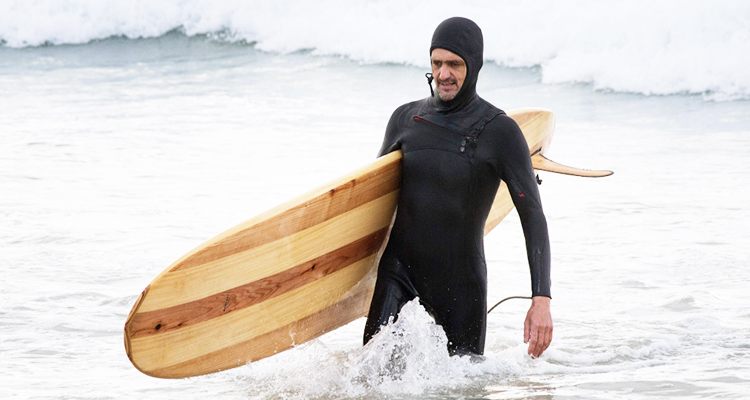
Patrick Burnett tries to design boards that are suitable for wood.
Among the polyurethane boards, one stands out — it’s made from wood.
It was wood which gave birth to surfing, a sport first documented by British explorers in 18th-century Polynesia.
But when the Age of Plastic dawned, wood was derided as too heavy and clanky compared with light, mouldable plastic.
Now it’s making a comeback, driven in part by concerns among surfers about the environmental impact of polyurethane.
One convert is Matthew Kramer, who bought a wooden board more than six years ago.
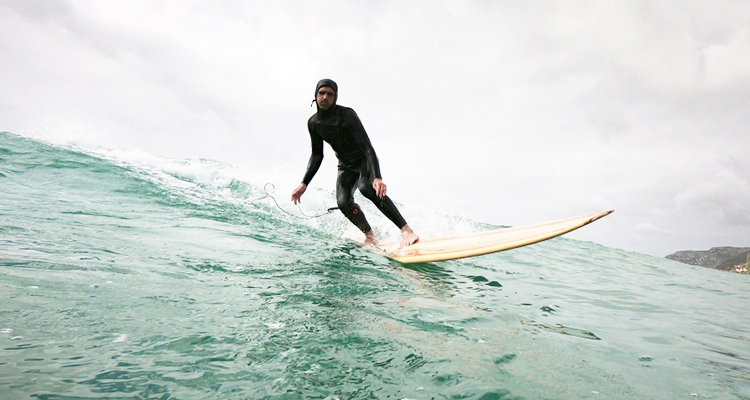
Patrick Burnett surfs on one of the wooden surfboards which he makes, at surfer’s Corner in Muizenberg.
“It reinvigorated my love for surfing because it’s all a new feel,” said Kramer. “It paddles differently, it rides differently.”
Kramer’s board was hand-crafted in a Cape Town beach-suburb by South Africa’s leading wooden surfboard manufacturer, Patrick Burnett.
The former journalist ships his creations worldwide.
Each board takes as much as 60 hours’ work and sells for up to $1,700 (1,541 euros).
“Wood is a unique material,” said Burnett as he planed a surfboard.
“We try and design boards that are suitable for wood rather than a copy of the alternative.”
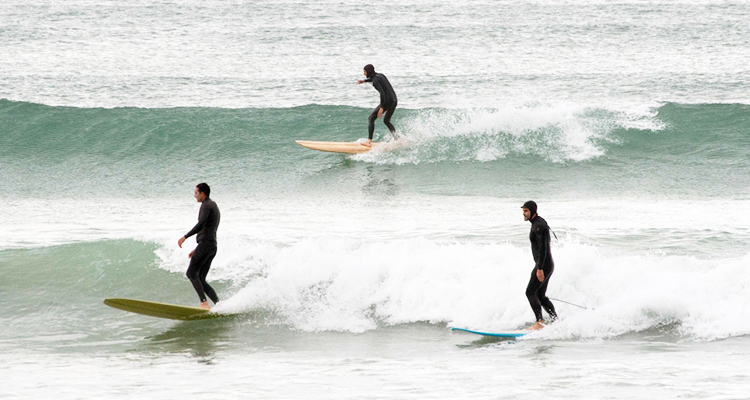
Early-morning surfers revel in catching the foaming waves.
Burnett largely uses Japanese cedar, a species grown sustainably in South Africa’s southeastern KwaZulu-Natal province.
While some surfers are going green, others are simply embracing a trend for all things vintage.
Young people are particularly attracted by Burnett’s technique, which he says dates back a century.
He has also developed ingenious methods to bend the wood to his will — using a tea kettle on an electric hob to form the boards’ long edges, which are known asrails.
Wood “is an amazing material to work with,” said Burnett at his workshop, strewn with tools and speckled with dried glue.
“But it’s very much labour intensive and this will remain a… niche thing.”
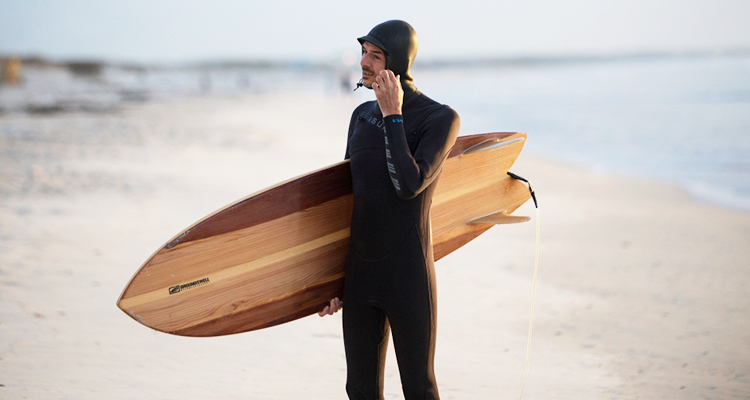
Mathew Kramer gets ready to go surfing on his wooden surfboard.
Burnett is conscious of the limits of working with wood.
His creations are heavier than polyurethane boards and not suited to competitive surfing.
Yet many seem happy to sacrifice some speed and manoeuverability to be seen with a unique wooden board.
Burnett has sold around 850 since he took up the craft in 2007.
“We all say how much we love the ocean and how much we respect wildlife,” Burnett said. “I think we really should put our money where our mouth is.”
Agence France-Presse





Recent Comments